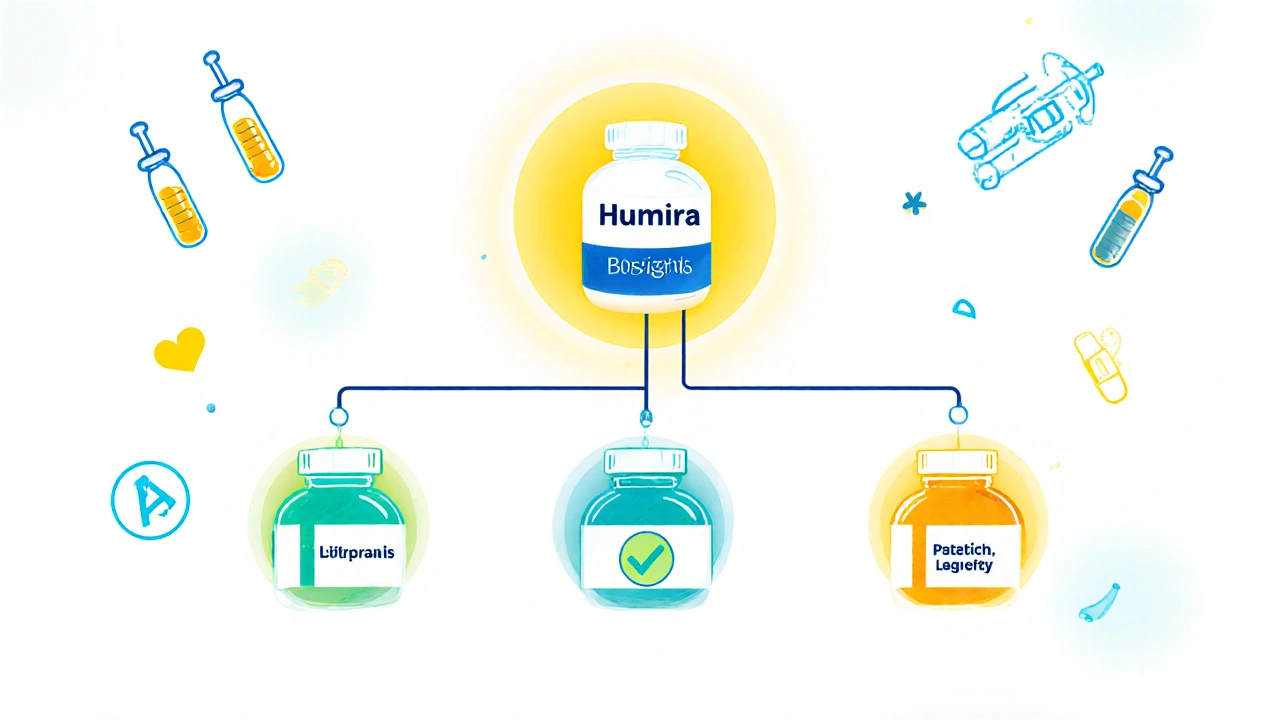When you hear Purple Book, the U.S. Food and Drug Administration’s official listing of licensed biological products and their biosimilar and interchangeable counterparts. Also known as FDA Purple Book, it’s the go-to reference for pharmacists, insurers, and doctors trying to figure out which biologic drugs have cheaper, approved alternatives. Unlike the Orange Book, which tracks small-molecule generics, the Purple Book focuses on biologics, complex drugs made from living organisms like cells or proteins — think insulin, rheumatoid arthritis treatments, and cancer therapies. These aren’t pills you can easily copy. Making a copy — called a biosimilar, a highly similar version of a biologic drug approved after the original patent expires — takes years of testing because even tiny changes in manufacturing can affect how the drug works in your body.
The Purple Book doesn’t just list names. It tells you which biosimilars are approved as interchangeable — meaning a pharmacist can swap them for the brand drug without asking your doctor. That’s a big deal. If your insurance pushes you toward a biosimilar, they can only do it automatically if it’s marked interchangeable in the Purple Book. Right now, only a handful of biosimilars have that status. Most are just approved as similar, so your doctor still has to write the prescription specifically for the biosimilar. The book also shows when a biologic was first approved, what conditions it treats, and whether it’s still protected by exclusivity. That’s why insurers and pharmacies use it to build formularies. If a biosimilar is listed and cheaper, it often gets pushed to the lowest tier — saving you money.
But here’s the catch: the Purple Book doesn’t tell you if a biosimilar works better for you. It doesn’t mention side effects, patient experiences, or how often a drug is prescribed. That’s where real-world data comes in — and that’s why you’ll find articles here about how biosimilars struggle to gain trust, how switching drugs affects people with autoimmune diseases, and why some patients still end up on the more expensive brand version. You’ll also see posts about drug safety systems, how side effects are tracked after approval, and how medications like clozapine or sulfonylureas interact with lifestyle factors. All of it ties back to one thing: knowing what’s approved isn’t enough. You need to know what works in practice.
Whether you’re managing a chronic condition, trying to cut prescription costs, or just wondering why your doctor switched your insulin, the Purple Book is the hidden rulebook behind your treatment. Below, you’ll find real stories and breakdowns of how biologics, biosimilars, and drug approval systems actually affect your life — not just what’s on paper.
Posted by
Jenny Garner
2 Comments

The FDA's Purple Book is the official source for tracking approved biological products, biosimilars, and interchangeable biologics. Learn how it works, what interchangeability really means, and how it affects your prescriptions.
read more